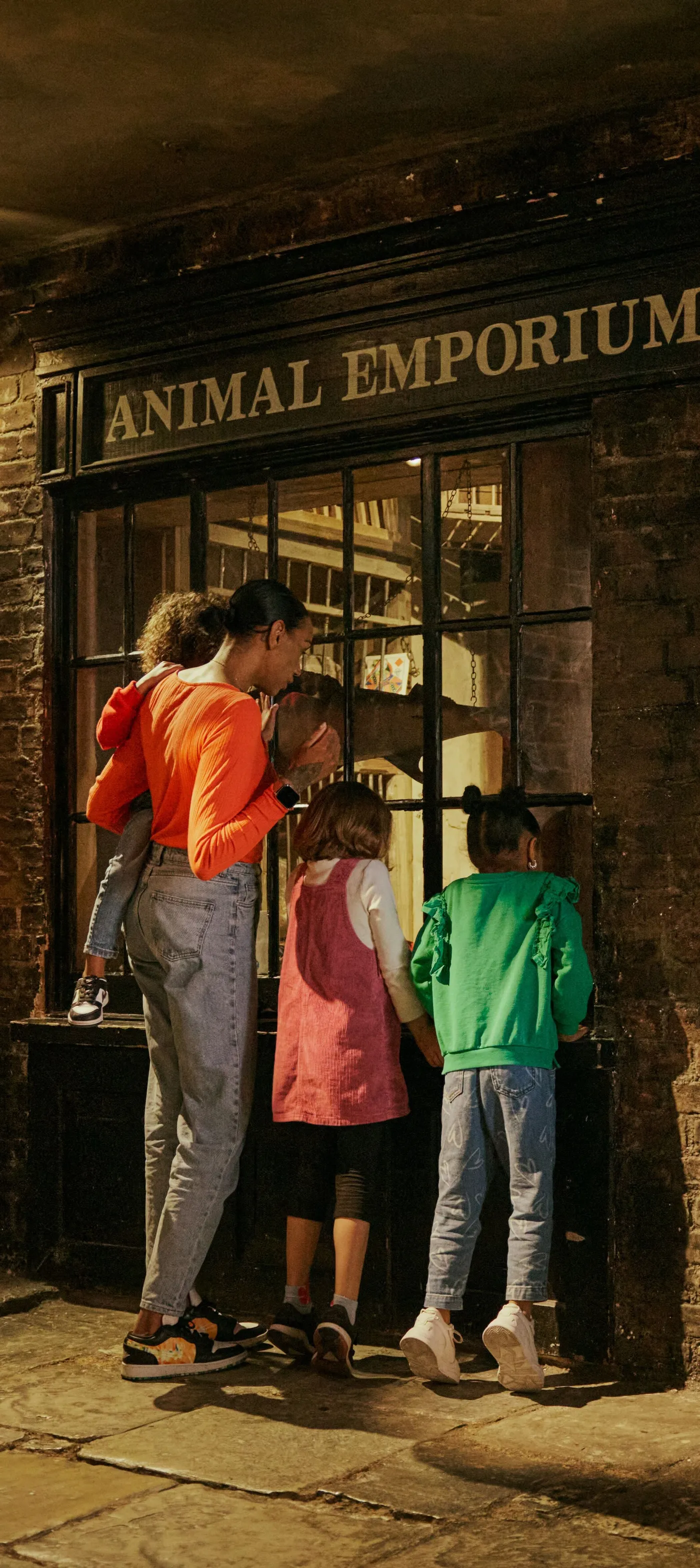Mapping London’s execution landscape
London’s landscape was once peppered with prisons, stocks, gibbets and gallows. Explore London’s execution landscape through our interactive maps to see how capital punishment was once an inescapable reality for Londoners.
1196–1868

The Tyburn 'Triple Tree' gallows appear west of the City of London, near Hyde Park, on this 1607 map.
This page contains content some people may consider sensitive, or find offensive or disturbing. Understand more about how we manage sensitive content.
City of gallows
Public execution was the dominant form of punishment for serious crimes in England up until the mid-19th century. From 1196 until 1868, the process and consequences of the death penalty were highly visible in London.
Executions happened regularly at famous sites like Tyburn and at locations close to the scene of crimes. They served as a warning, with the terrifying sight of these painful and degrading deaths watched by huge crowds. Meanwhile, the display of corpses around the city made the violent process almost inescapable for Londoners.
We searched hundreds of records to identify the many sites linked to the history of public execution in London. We found over 100 execution sites in Greater London and over 50 places where bodies or body parts were displayed.
As the maps below show, within central London you’re never further than 5km from a known site of execution. In the City of London’s Square Mile, you’re always within 500 metres of a place where the gallows once stood.
Where were London’s traditional execution sites?
Up until 1783, execution days usually began with a procession of condemned prisoners through the streets. The great Tyburn Fair, as execution days were known, was held up to eight times a year on the outskirts of Westminster (close to where Marble Arch now stands).
Tyburn, Smithfield, Newgate, Execution Dock, Tower Hill, Kennington Common and other locations were all used regularly over decades or centuries for public executions.
Public spaces such as Cheapside, Westminster Palace yard, St Paul’s churchyard and Charing Cross were also used occasionally for high-profile crimes.
Scroll around this map and zoom in to find these sites. Click on the icons on the map to learn more about them.
Where else were people executed?
Some criminals – particularly murderers – were hanged in sight of the place where they committed their crime.
These local spectacles were meant to demonstrate to the victims’ families and neighbours that justice had been served. They also warned people who knew the criminals not to follow in their footsteps.
In the 16th century, heretics were often executed locally. Rioters and rebels were also frequently executed at a site linked to their crimes. In the aftermath of the Gordon Riots of 1780, 26 anti-Catholic rioters were executed across 13 sites in London.
These were once-in-a-lifetime events for most neighbourhoods, though some streets hosted the gallows on numerous occasions. Click on the icons on the map to learn more about them.
Where were bodies displayed in London?
Even when executions weren’t taking place, Londoners still faced reminders of public punishment.
Newgate Prison and Horsemonger Lane Jail both housed condemned prisoners awaiting their execution (though many were spared). These hulking stone buildings displayed chains and leg-irons above their entrances to remind passersby how criminals were treated.
“Heads of traitors were left to stand for months, years or even decades”
Londoners would see the dead bodies of criminals hanging in cages, traitors’ heads on spikes over London Bridge and Temple Bar, and body parts fixed to the city gates.
Heads of traitors were left to stand for months, years or even decades. The heads, limbs, hands and other body parts of ‘quartered’ rebels and traitors were sometimes sent to different parts of the city to be nailed up.
Gibbets were placed by the main roads into the city and along the River Thames. No one entering the capital could escape seeing the fatal consequences of crime.
Click on the icons on the map to learn more about them.







